The Child as a Sense Organ: An Anthroposophic Understanding of the Imitation Processes
The initial period of childhood is essentially about adapting to and incarnating on Earth and establishing a provisional balance between the “spiritual” and the “physical,” between the prenatal cosmic and the earthly factors. During this time, according to Rudolf Steiner, “all the forces of a child’s organization emanate from the neurosensory system. . . . By bringing respiration into harmony with neurosensory activity, we draw the spirit–soul element into the child’s physical life.”
Peter Selg investigates how children’s early experience of the world begins as an undifferentiated sensory relationship to their phenomenological environment. This aspect of a child’s incarnation leads to learning through imitation and to the process of recognizing “the Other” as a separate entity with which to interact.
In this cogent work, Peter Selg describes the early stages of childhood from the perspectives of conventional scientific and spiritual-scientific— anthropological and anthroposophic—research with the purpose of encouraging a new educational attitude in working with young children. In his numerous references to early childhood development, this was Rudolf Steiner’s most important and urgent purpose.
“Because children’s ability to observe and perceive is unconscious, one does not notice how intensely and deeply the impressions coming from the surroundings enter their organization—not so much by way of various specific senses as through the general ‘sensory being’ of the child. It is generally known that the formation of the brain and of the nerves is completed by the change of teeth. During the first seven years, children’s nerve-and-sense organization, in its plasticity, could be likened to soft wax. During this time, not only do children receive the finest and most intimate impressions from the surroundings, but also, through the working of energy in the nerve-and-sense system, everything received unconsciously radiates and flows into the blood circulation, into the firmness and reliability of the breathing process, into the growth of the tissues, and into the formation of the muscles and skeleton. By means of the nerve-and-sense system, the body of children becomes like an imprint of the surroundings and, particularly, of the morality inherent in them.” —Rudolf Steiner (Waldorf Education and Anthroposophy 2, p. 68)
CHAPTERS:
1. The Incarnation Process in the First Seven Years
2. The Imitation Process: “Like an Eye that Touches”
3. The “Other” as Active Opposite Counterpart
4. Education: The Challenge and the Approach
Appendix: Imitation and Life before Birth
This book was originally published in German as Das Kind als Sinnes-Organ: Zum anthroposophischen Verständnis der Nachahmungsprozesse (Verlag des Ita Wegman Instituts, Arlesheim, Switzerland, 2015).
About the Author
Peter Selg was born in 1963 in Stuttgart and studied medicine in Witten-Herdecke, Zurich, and Berlin. Until 2000, he worked as the head physician of the juvenile psychiatry department of Herdecke hospital in Germany. Dr. Selg is now director of the Ita Wegman Institute for Basic Research into Anthroposophy (Arlesheim, Switzerland) and professor of medicine at the Alanus University of Arts and Social Sciences (Germany). He lectures extensively and is the author of numerous books, many of which have been published in English.

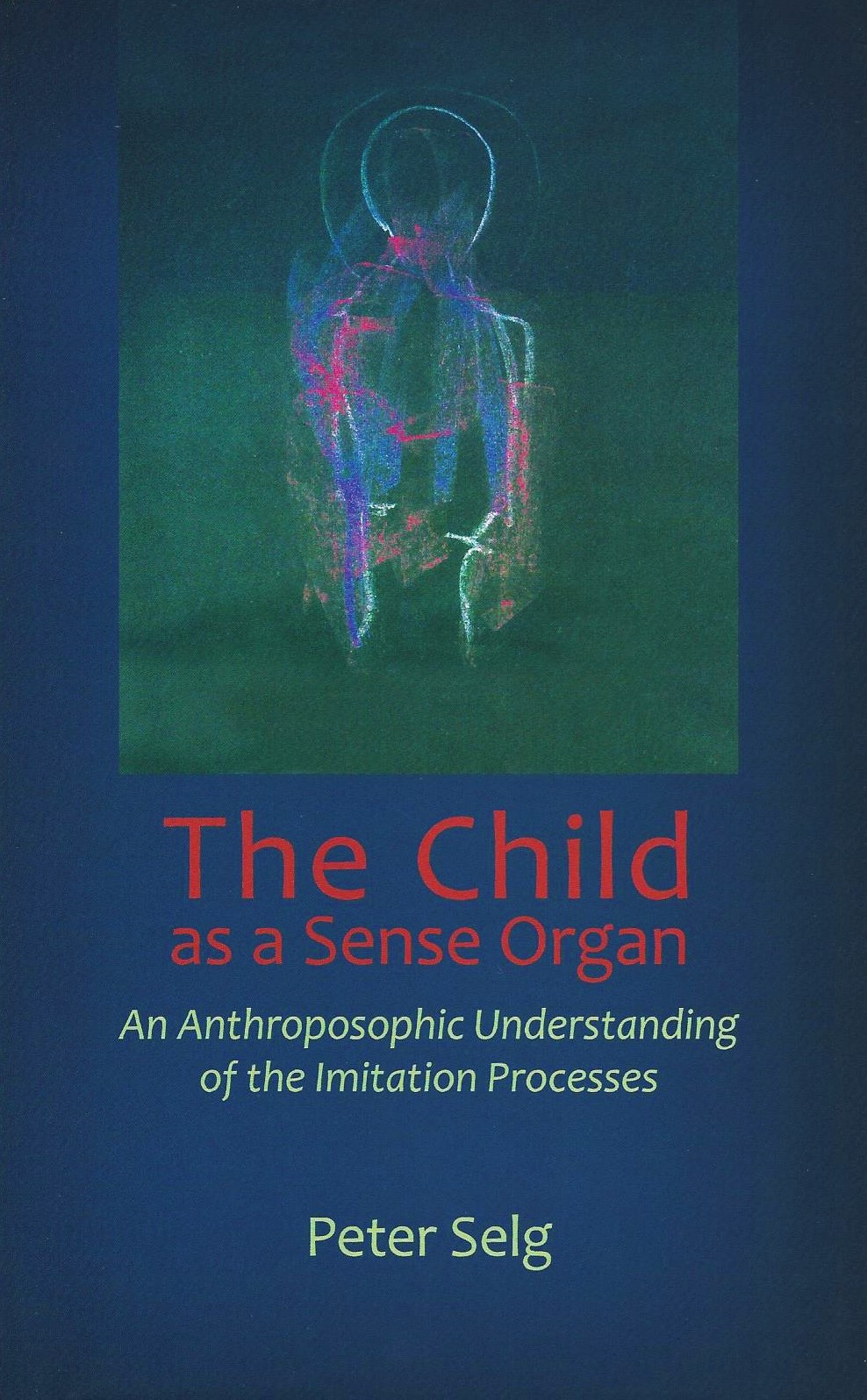
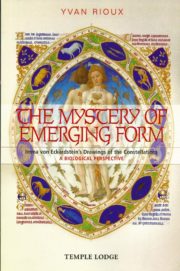
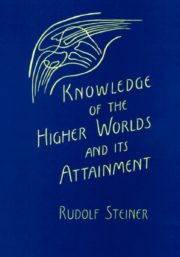



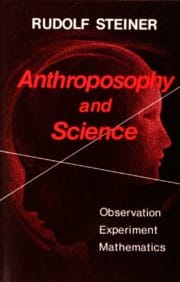
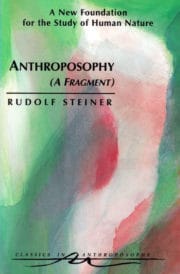
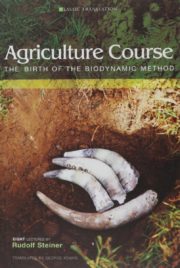
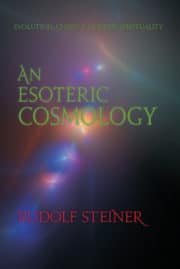

Reviews
There are no reviews yet